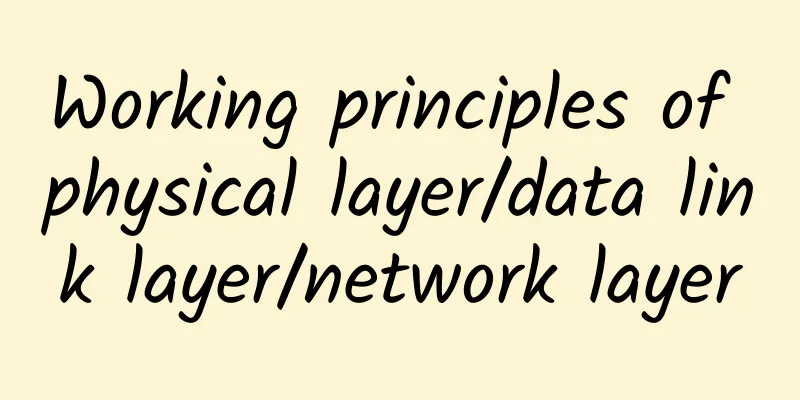A new WiFi application enables 3D object imaging

|
Scientists at the Technical University of Munich (TUM) have developed a new type of holographic imaging technology that depicts a three-dimensional image of the surroundings using radiation from a Wi-Fi transmitter. Industrial facility operators can use this feature to track objects as such signals pass through a production space. Like looking through a window, a hologram projects a seemingly three-dimensional image. While optical holograms require complex laser technology, generating a microwave hologram emitted by a Wi-Fi transmitter requires only one fixed antenna and one movable antenna, Dr. Friedenmann Reinhard and Dr. Philipp Holl describe the new technology in the renowned scientific journal Physical Review Letters.
"Using this technology, we can achieve a three-dimensional spatial image using Wi-Fi transmitters, just like our eyes can see microwave radiation," says Friedemann Reinhard, director of the Quantum Sensors Department at the Walter Schottky Institute at the Emmy Noether Research Group at LMU Munich. The deployment areas envisioned by the researchers are particularly difficult in some Industry 4.0 sectors, such as automated industrial facilities, where localized parts and equipment are often difficult. The technology already exists to allow localized microwave radiation, even through walls, to detect changes in signal patterns to detect the presence of a person. The innovation here is that the entire space can be processed holographically via Wi-Fi or cell phone signals. "Of course, this raises privacy issues. After all, even encrypted signals transmit images of the surroundings to the outside world to a certain extent," says project leader Friedemann Reinhard. "However, it is unlikely that this technology will be used to detect unfamiliar bedrooms or private spaces in the future. For this, you would need to place large antennas around the building, which would hardly go unnoticed. But there are simpler methods available." Centimeter-level resolution Until now, the use of microwave radiation to generate images has required special transmitters with large bandwidths. With holographic data processing, the small bandwidth of typical household Wi-Fi transmitters in the 2.4 and 5 GHz bands is sufficient for the researchers. Even Bluetooth and mobile phone signals can be used. The wavelength of these devices corresponds to a spatial resolution of a few centimeters. "Instead of measuring point by point with a moving antenna, you can use a much larger number of antennas to capture the frequency of the video image," says Philipp Holl, who conducted the experiments. "Future Wi-Fi frequencies such as the proposed 60 GHz IEEE 802.11 standard will allow resolution down to the millimeter range." Looking ahead Well-known optical methods for image processing can also be deployed for Wi-Fi holographic imaging: one example is the method used for dark-field microscopy, which improves the identification of weakly diffracting structures. Another process is white-light holography, where researchers exploit the small remaining bandwidth of Wi-Fi transmitters to eliminate noisy scattered radiation. The concept of processing microwave holograms like optical images enables the microwave image to be combined with the camera image. Additional information extracted from the microwave image can be embedded in the camera image of a smartphone, such as tracking a wireless tag attached to a lost item. But scientists feel the technology is in its infancy. For example, there is a lack of research into the transparency of specific materials. This knowledge could help develop paints or wallpapers that are semi-transparent for microwave privacy protection, while transparent materials could be deployed in factory halls to track parts. The researchers hope that further development of this technology will help reconstruct the location of victims under avalanches or collapsed buildings. While traditional methods can only point-locate victims, holographic signal processing can achieve a spatial representation of the destroyed structure, allowing emergency rescuers to avoid heavy objects in the ruins and use the ruins' spatial system to quickly and directly rescue victims. |
>>: Accelerating 5G standardization requires coping with the complexity of test scenarios
Recommend
[Technology Feast] Ruijie Cloud Desktop EST Protocol RUTP Transmission Technology
Preface summary Ruijie Cloud Desktop EST protocol...
Comparative Analysis of Kubernetes Network Plugins (Flannel, Calico, Weave)
[[269494]] This article will focus on exploring a...
Performance improvements of Http/2 compared to Http/1.1
What has changed since HTTP/1.1 was invented? HTT...
Wi-Fi 7: What is it and when can you expect it to arrive?
[[380191]] Wi-Fi 7 is expected to have higher dat...
The key challenges facing MSPs and CMPs in “multi-cloud” are: Network
The rapid development of new cloud-based applicat...
The benefits of 5G technology for education upgrades
With over 250 million students, India has one of ...
5G applications with over 100 million users have crossed the starting line
The development of 5G networks is in full swing. ...
5G toB: The next battle between operators and OTT?
In the 5G era, will the battle between operators ...
Broadband diversion has a huge impact, and traffic has little room for explosive growth
The unit price of traffic has dropped from 15 yua...
Huawei's "Government Cloud China Tour" has a unique scenery in Shaanxi
In June, people from all over the world gathered ...
It’s just a matter of time! Operators, who are not short of money, are about to usher in a large-scale listing trend
"Wealthy and powerful" has always been ...
Analyzing the technology behind short videos and reopening the battle against CDN
If the live streaming industry was booming in 201...
China Mobile's elimination of fake 5G users may be the reason for the slowdown in 5G user growth
Due to pressure from all sides, the three major o...
Node.js knowledge - How to set cookie information in HTTP request and response
[[398674]] HTTP Cookie[1] is a small piece of dat...
"5G+Industrial Internet" security capabilities and scenario-based solutions
[[417951]] Under the wave of the new generation o...









